Otlera
"My good, holy friend stands in my homeland, as we speak. There he is a foreigner. When I got off that boat all those years ago, my dove, and stood in Luze; I was a foreigner too. It is strange to think of that, especially when you can't express it to the others because the rest are Ugane-bred."The Otlera are a people of the Yapani river valley. Unlike the Thoklia or Eheti with their large diasporas in the Uganë Empire, the Otlera are mainly limited to the valley. However, with the recent publication of works like Engwa Hodenay's ‘A Summer with the River Peoples’, the culture has become a source of fascination.
Location
Most Otlera live within the Yapani river valley between the Soq and Laliqa rivers. Many Otlera choose to live near the banks due to their reliance on water, despite this meaning they must live in crowded cities such as Kwakak, the origin of Council of Stranger Member, Hekasa Ekanbia. The average daily temperature is around 20C and most areas of the valley receive between 400-600mm of rainfall. Luckily for them, the valley has many natural resources including large iron deposits and many growable crops. The very few Otlera outside of the valley live in cities such as Luze or Vost in the Ugane Empire, often in small, segregated areas of the city.History
The Legend of the Land
Even though the Otlera have been trending towards Niua being the dominant religion for centuries, much of the regional oral folklore is maintained. The most famous and retold myth is that of the Otlera settling the valley. It goes thusly: A man, often referred to as Siysaq from a poor and depleted land is inspired by a vision from a Chabr and he sailed down river into what is now the Yapani river valley. He and the few settlers accompanying him are claimed to have built up many of the establishments of the valley, and the modern Otlera are their descendants. Due to Siysaq's guidance and his zeal in building a suitable environment for their people, the Otlera population of the time wished to name him king. However, he humbly refused, creating what is now the modern Echur system of governance.Otlera Language
The Otlera are extremely proud of their language, but most especially of their writing system. Unlike Ugane, the Otlera have the Katā Kalilētlaune, or 'The Academy of Otleri', in the city of Runememe, where scholars frequently update the constantly evolving language's syllabary and dictionaries. The Academy also encourages the translation of texts into Otlera, especially the often forgotten secular texts.Law & Governance
The Otlera still use many of their pre-Niua law codes. However, most law now stems from the Kastavic Laws and other codes of law within the Uzhësheka of Niua.- The Laws of the Bastards are heavily modified as Otlera culture considers no one bastard; every child may claim inheritance with strong proof. The only unchanged laws are those surrounding children of a wife's previous marriage.
- Changing of food and item taboos
- Many of the draconian punishments in Kastav's laws have been lessened or removed.
Etiquette
Even minor infractions of the Otlera culture's strict and rigid etiquette can cause social faux pas. With the rise of the printing press and other technologies, a genre of Etiquette books known as Qape Āowaq has emerged. Even those entrenched in the culture struggle with all the rules and often hire expensive etiquette coaches. Many of these failings come from mild things such as the table order at a feast, wearing certain colours or insulting family members, especially aunts or female cousins.Gift giving
Archetecture
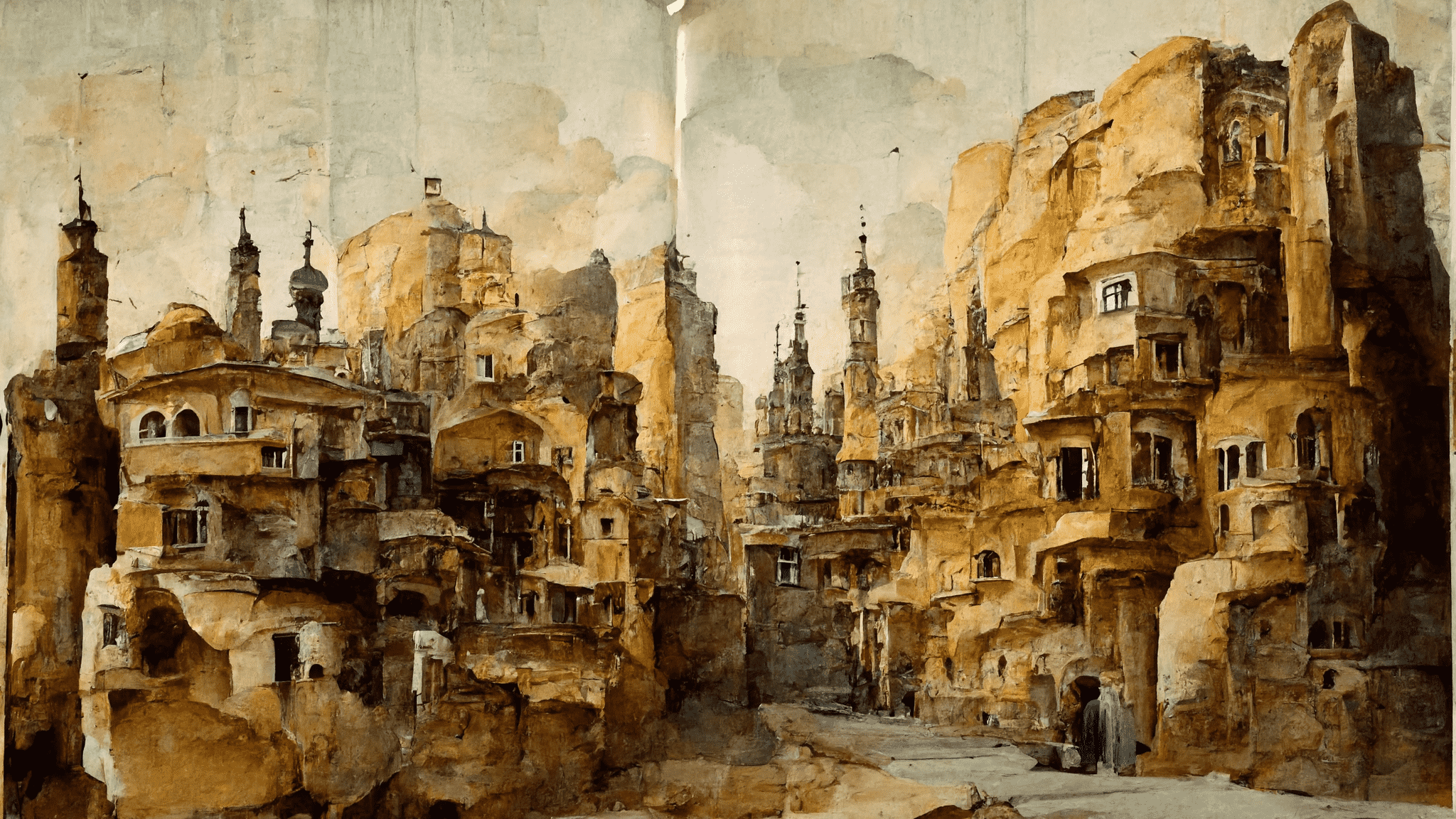
The Nakyak and Rawak
Many homes only have 3 rooms; a central dining hall, a Nakyak and Rawak. The two other rooms are sex-seperated where most work (or for children, study) for the day and then return to before bed for prayers and religious matters. In tiny one-room apartments in slum areas of cities, these three rooms are divided with fabric dividers. There are exceptions in certain cases for this sex-separation such as for girls in smaller houses recieving educations alongside their siblings, for servants of the opposite sex or for copulation between married couples.Traditions
Birth and Naming
When a child is born, there is always a celebration for the child and mother full of gifts and food. Seven days after their birth, a child is presented to its father where they are given a name, often recycling through relatives for boys and concepts for girls (Qya 'sky' being a common name).
Coming of Age
At around 14, all children begin the process of becoming adults. It starts when a girl has her first period, and a boy begins to grow facial hair. The process begins with increased responsibilities at home and boys finishing their education to follow a trade. Children earmarked to be scholars are sent off to finishing schools in cities with universities.
After four years, these children become true adults in a ceremony where they choose a 'professional name' used in public for themselves. Many girls also begin to wear veils now, though many choose to enjoy this period of freedom and only wear the veil after marriage. Boys also shave their beards (if they have them) for the first time. There is debate whether scholars should shave but they take the exam for university upon adulthood.
Marriage
The marriage ceremony often lasts a week with many feasts, lots of dancing and much bereucratic matters being sorted in between socialising with the large amounts of guests. The famous dragon-embroidered red dresses that are in vouge in the Empire are marriage attire.
Funeral Rites
Burrial is an option upon death, though most are cremated up river after an elabroate send off with much fanfare and storytelling. Lawyers and scholars love to argue about funeral rites.
Religion
Most Otlera are Niua, though their brand of Niua has its quirks. In particular, there is less focus on Idva and Zaba, his wife, despite being head god. This is because their domains are 'set'. So, it focuses on deities like Vayashe and Kastav with trade and law valued.
They are also the only Niua branch that uses a non-Amtar liturgical language, using a more formal dialect of Otlera. But this hasn't wiped away a strong mythology full of stories for the people to listen to and the scholars to anaylse.
- Machil Ponayq
- Apēlen Yankisya
- Psān Ane
- Qyan Machiemin
- Lipo Otyenip
- Kalnak Yanomsaq
- Kaōk Uyor
Ideals
Beauty
For women at least, beauty is a highly cherished virtue. The ideal beauty for the Otlera has fair, clear skin and is on the chubbier side, both showing her wealth. Fair hair has become a recent curiosity, with many merchants making a profit from women attempting to dye their black or brown hair. Long, well-kept hair is also considered beautiful, with hair products often exchanged in gift-giving ceremonies alongside other cosmetics like makeup. But beauty comes from the mind, they say. Poetry and storytelling are considered the highest arts, especially for women, even if it is often impossible or taboo to put their names to their stories for fear of destroying their reputations.As for men, darker skin and muscle mass are seen as beautiful, showing the work ethic that women (or their families) look for in suitors. Medium to long hair is also seen as beautiful on men. Cutting hair is a punishment for crimes in cities along the rivers, along with brands on fingers.
Social
Social settings and public life are segregated just as much as at home. There are often separate buildings made for the same purpose but for men and women.Red-light districts, or those surrounding them, are visited by women not for illegal activities but often for their lax and relaxed attitudes towards gender mixing — especially in the teahouses where intellectuals of all classes meet regularly — regardless of birth or sex.
Gender
Sadly, the Otlera believe sex and gender to be the same thing. Dressing too masculine or feminine while being of the opposite biological sex is taboo and is a source of much scorn for the individual who does so. Non-binary and transgender people are boxed in with their biological sex, with no acknowledgement of their dysphoria or identity. Intersex people are also completely ignored, with their treatment depending on the family and their local community.
However, in the last 2 or so decades, it has become a trend for women to wear men's clothes in the street, finding it easier to do certain tasks in public life with them on. At home, it is a given that garments traditionally assigned to one sex can be worn by the other sex, especially for younger children. But at the temple or community functions, any deviation regarding gender reflects badly on both the person and their whole family.
Gender Roles
Gender roles are strict and deviating from them is a shunnable offence, extremely effective in a culture valuing family. A wife is expected to be dedicated, humble, submissive, and doting to her new family, and a husband is expected to be strong, prideful, and assertive in both public life and at home, using his most important skill, rhetoric.
Educational & Professional
Education is patchy within the valley, with certain cities having many schools (some even with little cost for the families) while in some regions, like the rural north-east, children must travel miles for temple-run and often subpar schools. Nonetheless, many will make these treks and pay extortionate prices. A child's education is highly valued because a good education, or at least a zeal to learn, is required for the most respectable professions.Sons are taught from a young age the arts of rhetoric, arithmetic, anatomy, religion, and astronomy, with music and poetry highly encouraged for a son's refinement. Horse-riding and sword-wielding are also taught, though this is in times of war or to aristocratic boys. This is all so they have an opportunity to enter one of the 5 universities of the valley and one day become scholars, doctors, governmental officials, or Āoparem who judge cases and disputes. In times of war, this is often forgotten.
Daughters are taught music, poetry, religion and practical yet 'feminine skills', laid out by the prophet Hafai. After women are not expected to go to these institutions or professions, though historically, there are many female scholars.
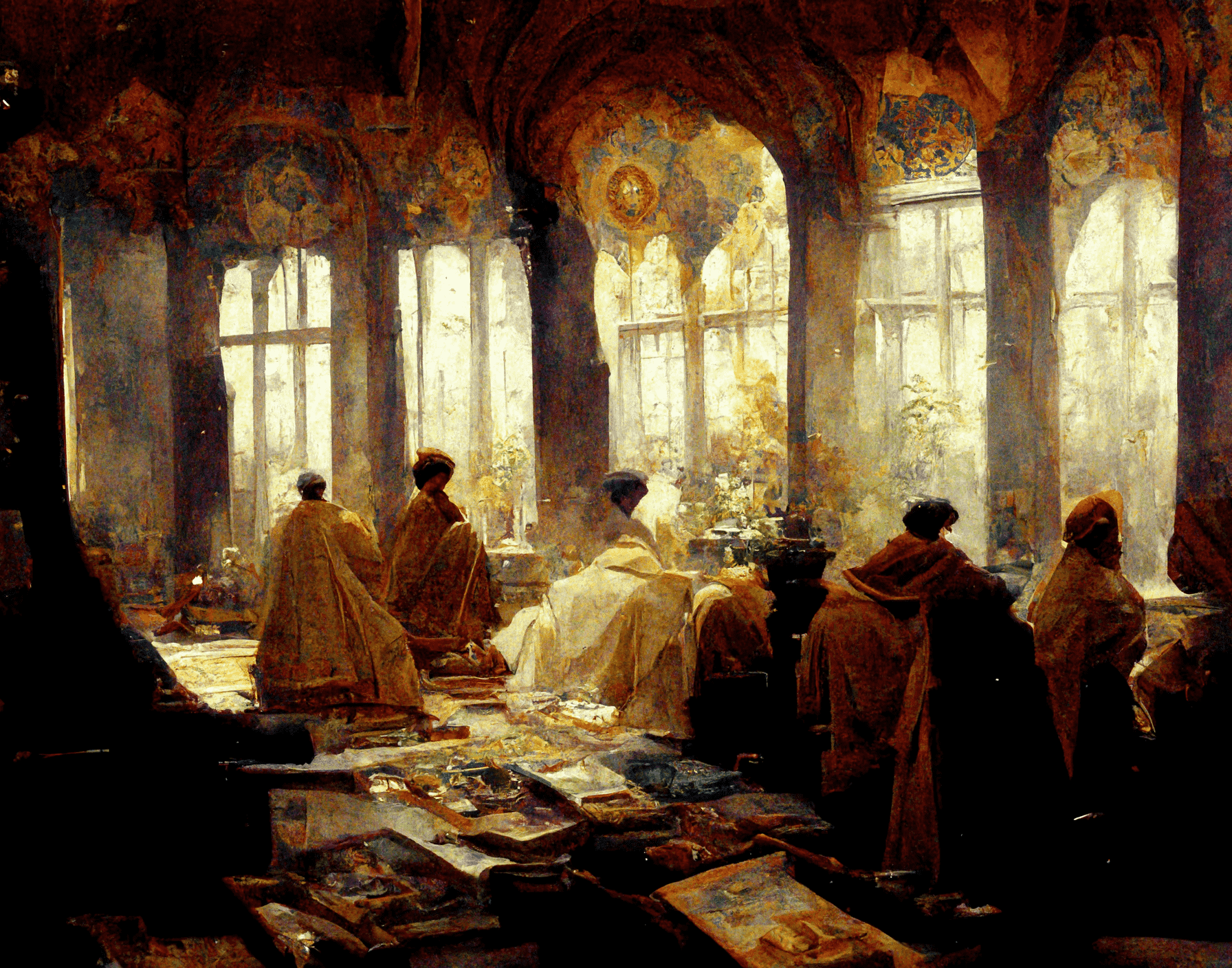


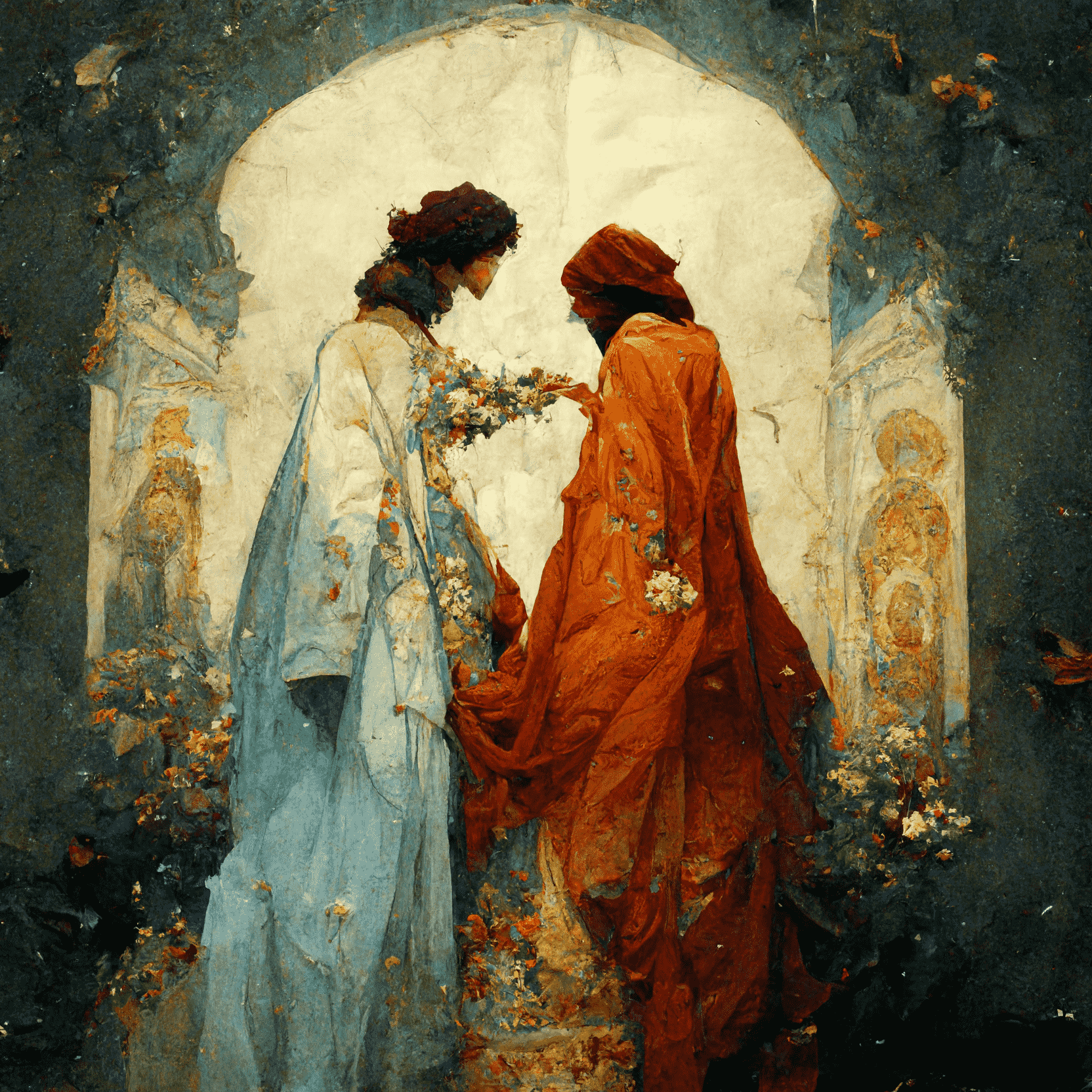
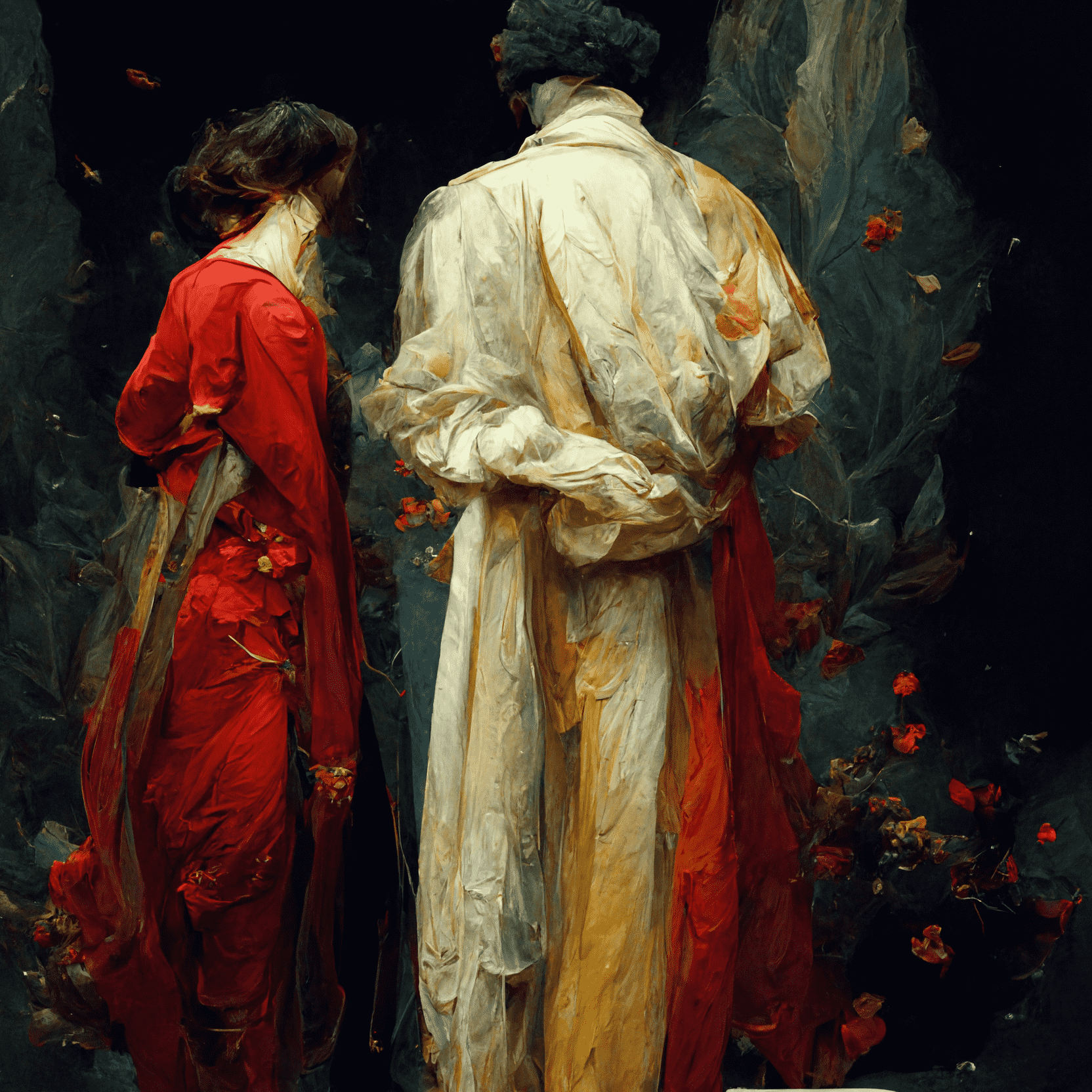
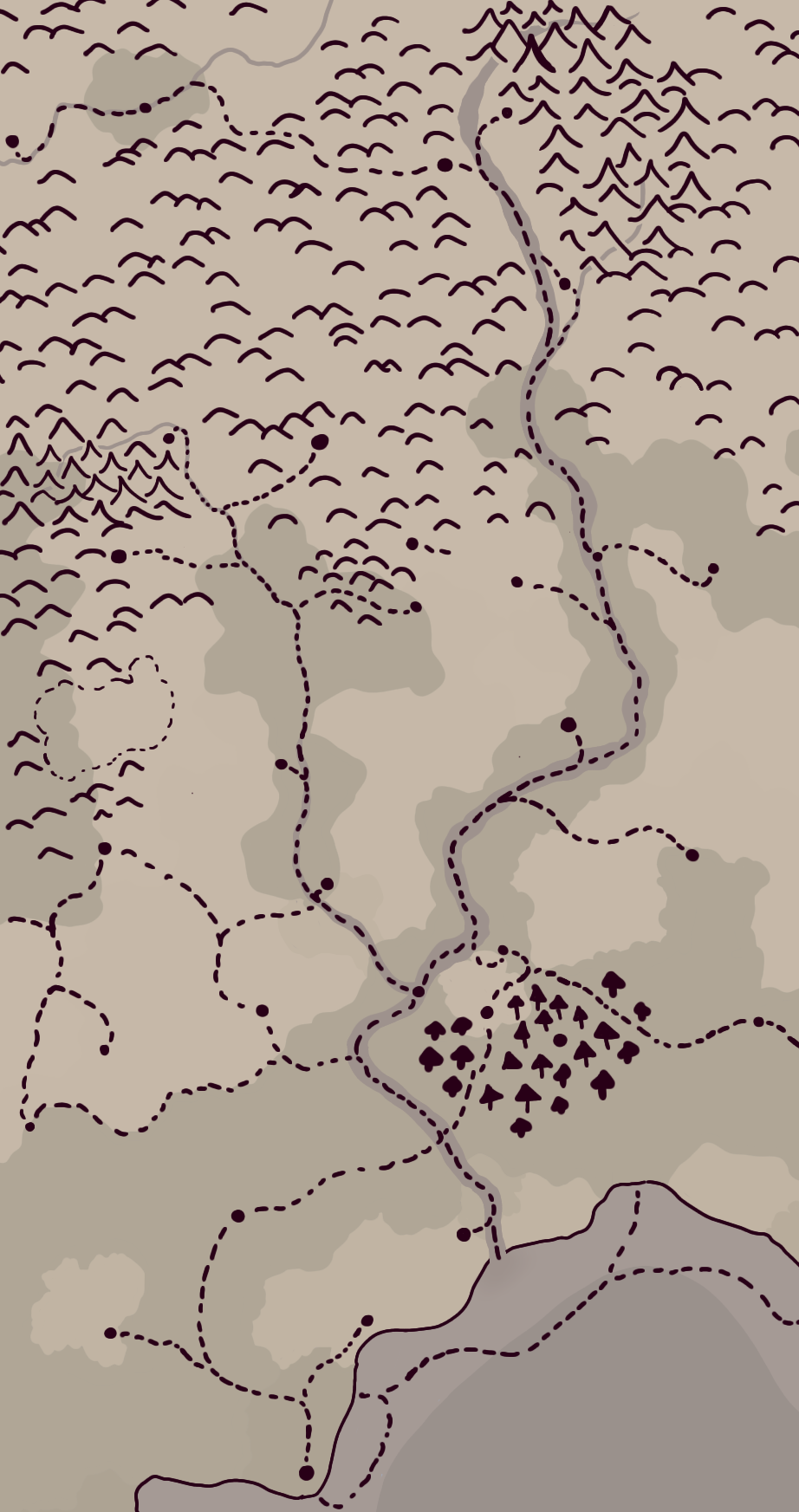


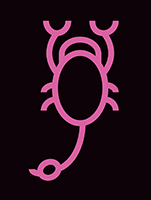
This is a very readable article. It's well organized in a way that helps a reader get through it. It's informative with a very history-book kind of feel, but never boring. Also, the article is just aesthetically pleasing, with the pictures nested like they are. Good work!
Thank you so much, Twinflame! I appreciate your comments!